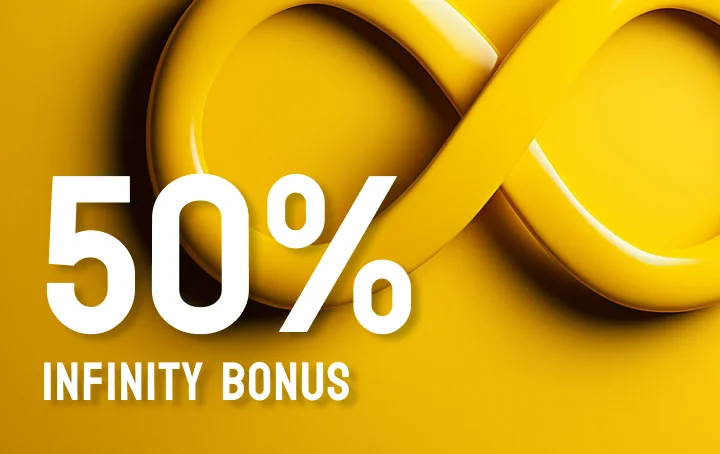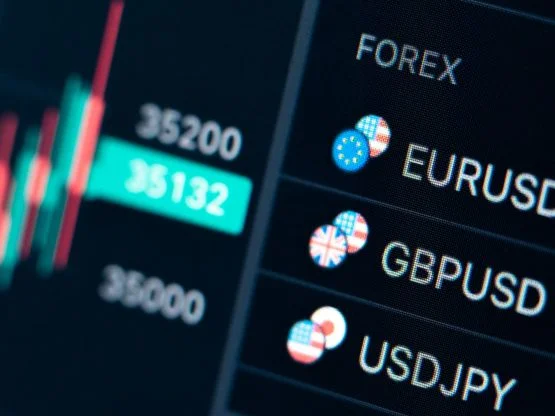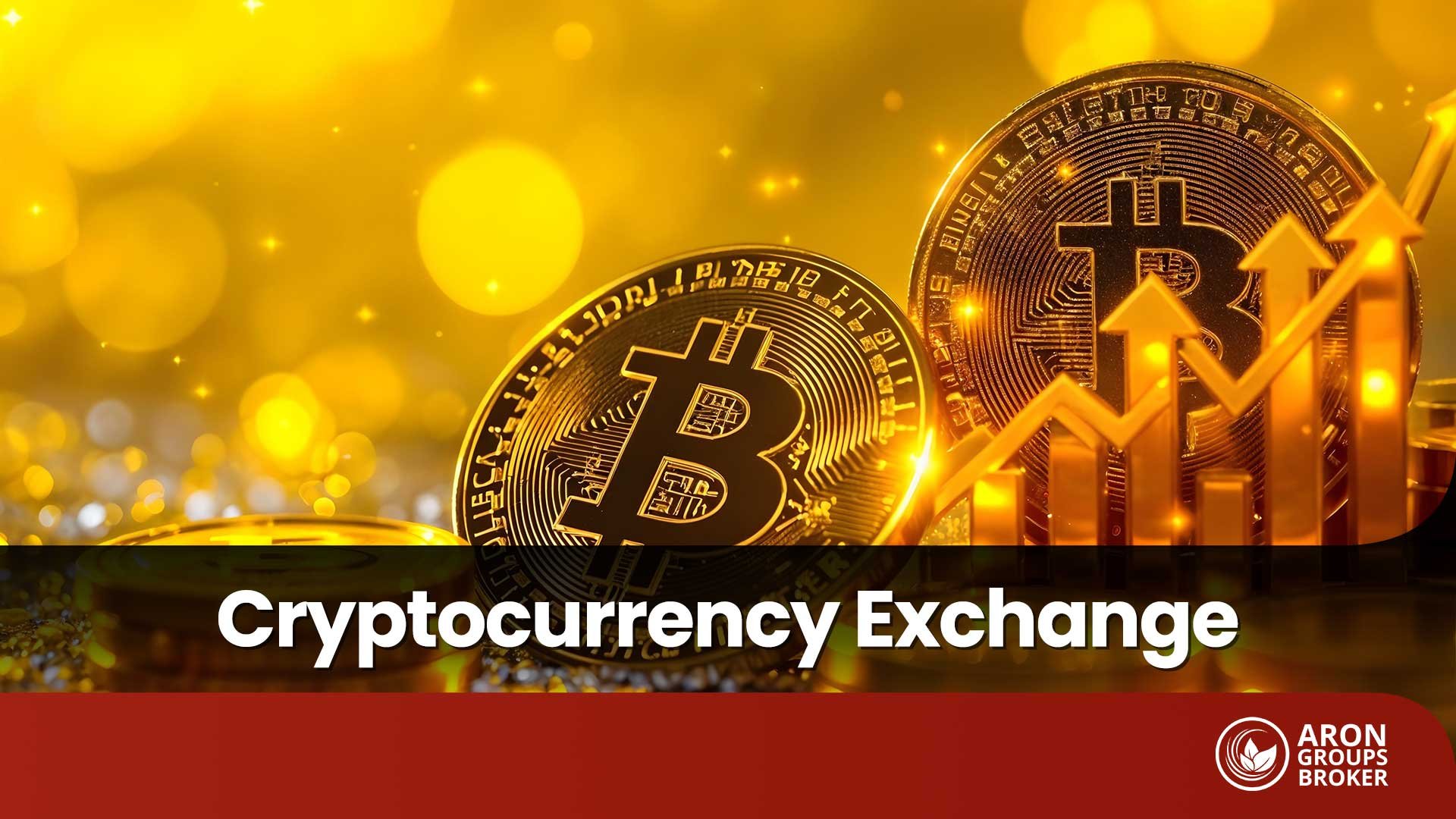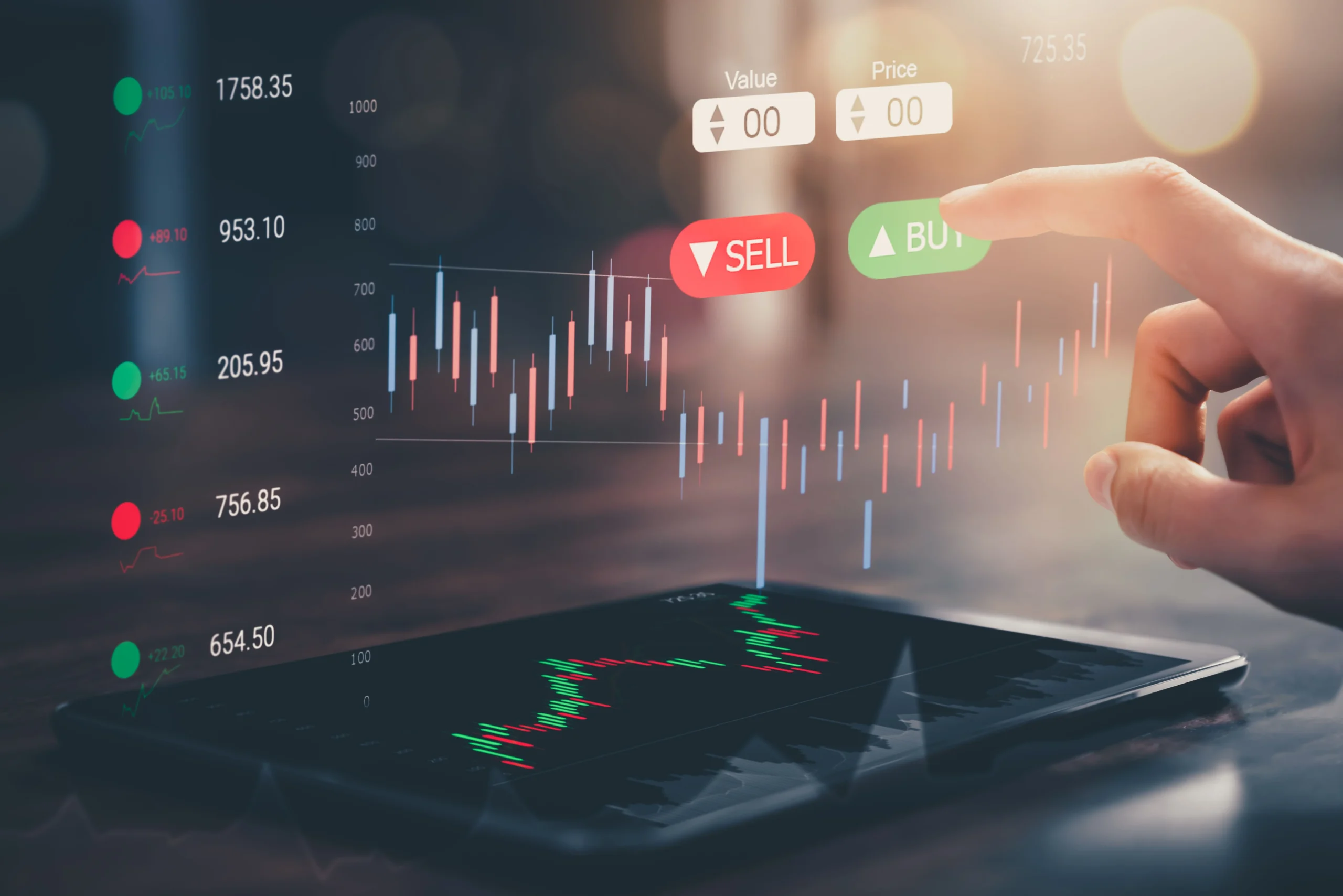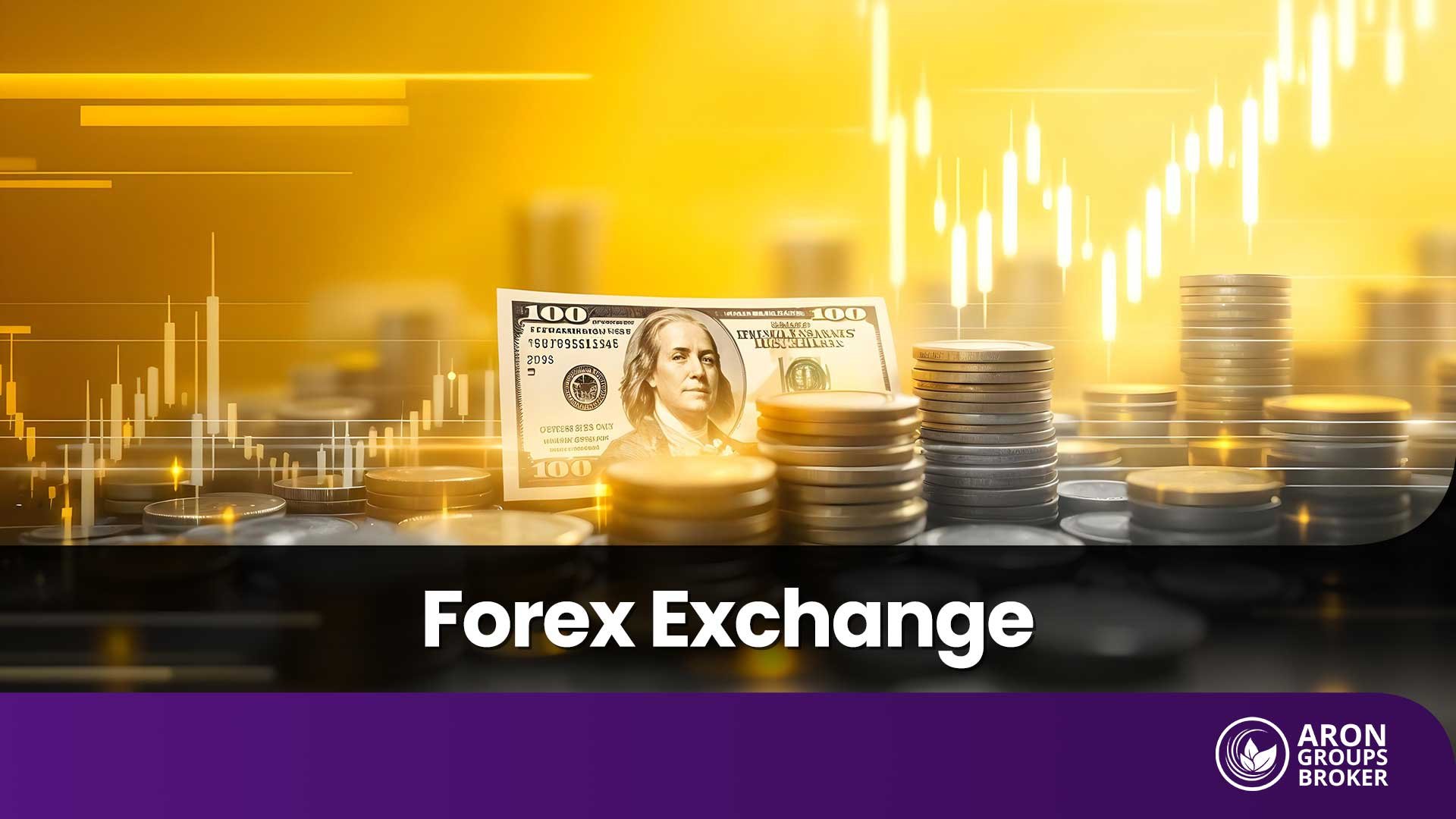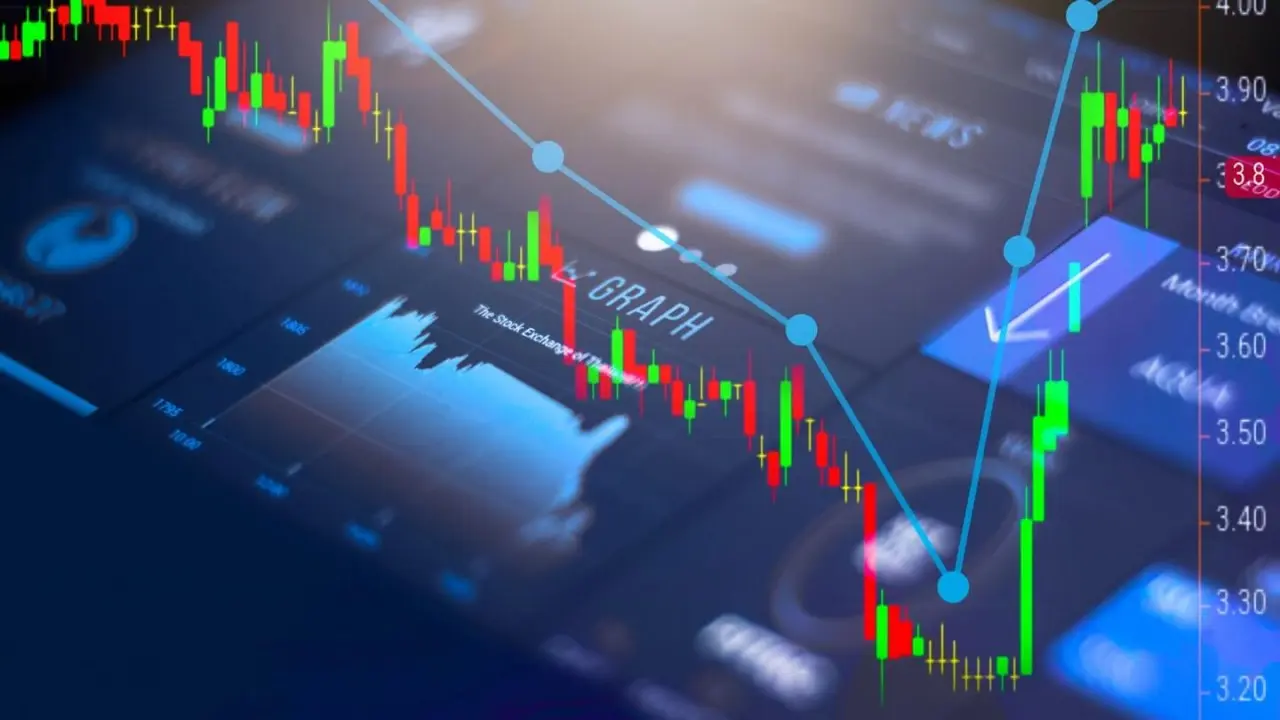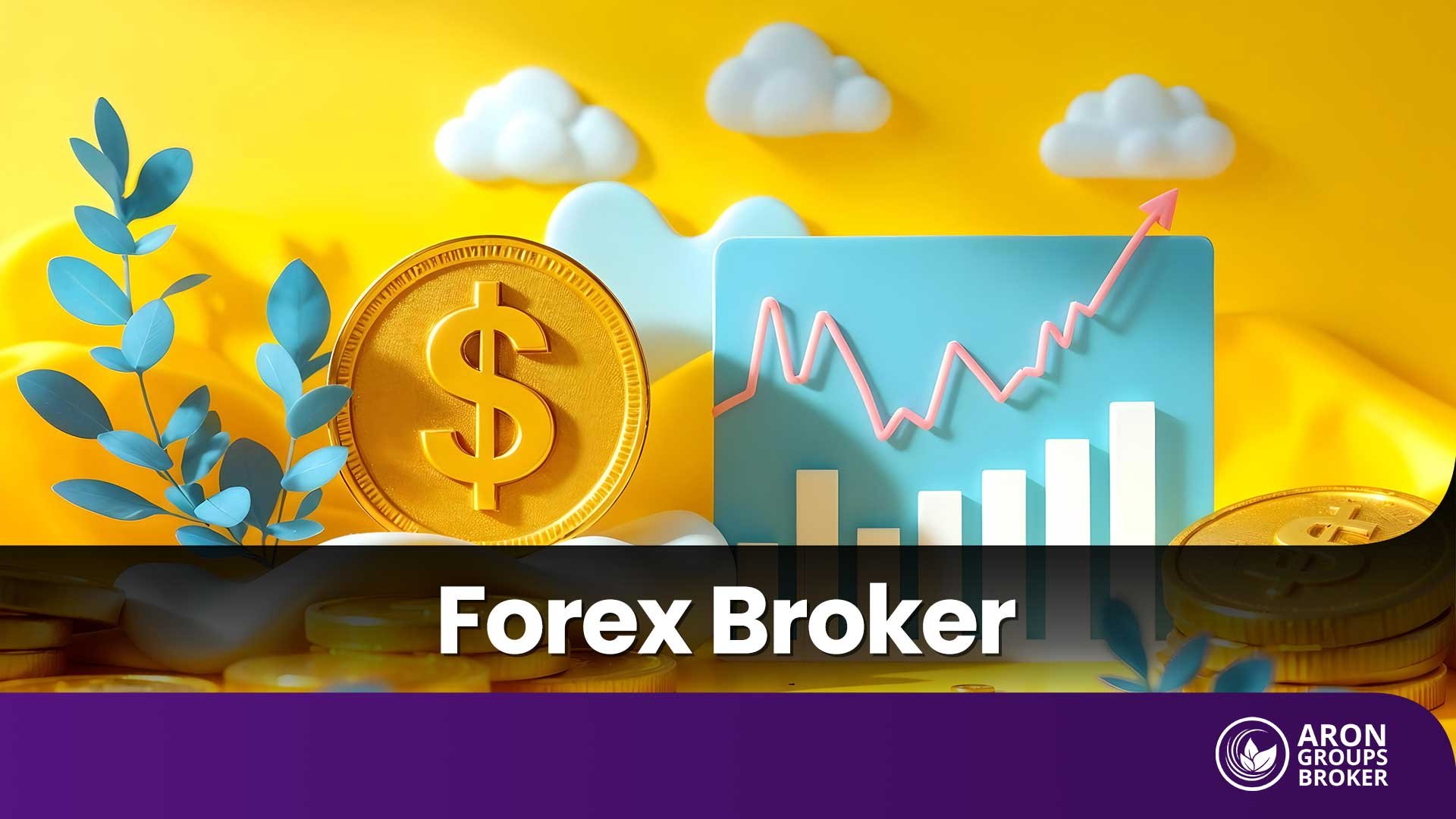In this part of our training, we will learn what the orders used in Forex literature mean and how we can use them correctly following trading strategies.
Before explaining the features of Order Types, I would like to draw your attention to two essential points that should be known.
First, all the Order Types we will discuss in this tutorial can be used to open and close positions. Another thing you should know is that since the brokerage firm is the market maker and the investors are market users, the buying and selling quotes seen by the users are the quotes that show how much the brokerage firm buys and sells. Therefore, when the investor wants to buy, the selling price of the brokerage firm is valid, and when he wants to sell, the brokerage firm’s buying price is also valid. Let’s take a step toward the Order Types used in Forex.
Table of Contents
What are active orders in the Forex market?
Since Forex markets are high-speed, Forex traders use orders to make them participate in the market by using active orders that give fast and precise results. The first order type I will tell you about will be an active buy order. An active buy order is to buy at the lowest possible selling price when the order is placed, while an active sell order is to sell at the highest possible purchase price when the order is placed. The most important feature of an active order is that it guarantees the execution of the transaction. Therefore, although it is advantageous, it is not known in advance at what price the order will be executed. Because when placing an order, only the quantity and buying and selling information are written, and the order is sent without specifying the price. When an active order is placed, sudden price changes in the market may cause the transaction price to be better or worse than the investor expects. Therefore, an active order can produce beneficial results and disadvantageous situations.
How can an active order be adverse?
Let’s offer an example of how an active order can be disadvantageous. While the Euro-Dollar parity is on sale at 1.3250, a momentary change in the pair may cause the pair to rise to 1.3290, causing the investor to buy at 1.3290 instead of 1.3250. While the Euro-Dollar parity is buying at 1.3250, a sudden change to 1.3210 may cause the investor to sell at 1.3210 instead of 1.3250.
What are passive orders in the Forex market?
Now let’s investigate the passive orders often used in forex markets. Passive orders are types of orders that aim to buy and sell at a specific price. Therefore, when passive orders are executed, the transaction is executed only at the price specified. Therefore, during the transmission of the order to the brokerage firm, whether the order is a buy or a sale, the amount of the transaction and, more importantly, the price of the transaction is specified. For passive orders to be executed, the price specified in the order must match the selling price of the brokerage firm. Likewise, for passive orders to sell, the price specified in the order must match the purchase price of the brokerage firm. Therefore, as long as the orders run, the transactions will not occur unless the prices match. Passive buy orders are given for levels below the sales price published by the brokerage firm, while passive sell orders are given for levels above the buy price published by the brokerage firm. One last thing to know about passive orders is that these orders work until they are canceled.

What is the stop order in Forex market literature?
Another frequently used order in Forex is stop orders. Contrary to popular belief, as mentioned at the beginning of the presentation, stop orders are also used to open and close positions. Using the orders, Forex traders think that stop orders are only used to close an opened position. However, this is a wrong perception, and such orders can be used to open and close positions.
A stop order is an order type that triggers an active buying or selling of the investor when the buying or selling price of the brokerage firm sees a certain level and guarantees the execution of the transaction with this feature. While the selling price of the brokerage firm triggers the buy stop, the selling price of the brokerage firm triggers the sell stop. The fact that stop-orders turn into active orders may create a situation where the transaction is realized at a different price than intended due to the risk of slippage, that is, price avoidance.
Let’s clarify it by offering an example; while the buy-sell quotation of the Euro-Dollar parity is at the level of 1.3050 / 1.3052, an investor who thinks that the rise will accelerate if the parity rises to 1.3080 can enter a buy-stop order at the level of 1.3080. In this case, if the sales price of the brokerage firm reaches 1.3080 once, the stop order turns into an active buy order, and the purchase is made at the lowest possible price.
How does a stop order transfer to an active order?
As it can be understood from the example mentioned above, seeing the 1.3080 level once in the sales quotation of the brokerage firm triggers the conversion of the buy-stop order into active buying. However, although the transaction will certainly take place at any price, there is no guarantee that it will be executed precisely at 1.3080 due to the risk of price avoidance.
For example, an investor who thinks that the decline will accelerate if the buy/sell quotation published by the brokerage for the euro-dollar parity falls to 1.310 while it is at the level of 1.350-1.352 can enter a sell-stop order at the level of 1.3010. In this case, once the purchase price of the brokerage firm reaches 1.3010, it converts the sell-stop order into an active sell order. In other words, meeting the 1.3010 level once in the buying quotation of the brokerage firm triggers the return of the sell-stop order to active sales. In this case, although the transaction will certainly take place at any price due to the risk of price avoidance, there is no guarantee that it will be executed precisely at 1.3010.
The last thing to mention, through experts of Aron Groups, about stop orders is that buy stop orders are placed above the market quotes while selling stop orders are placed below the market quotes.
What are the stop limit orders in Forex market literature?
Now, let’s talk about stop-limit orders. Stop limit orders are similar to stop orders. Like all other orders, stop limit orders are used to open a new position or close an existing one. If the buy or sell price of the brokerage firm reaches a specified level, the stop limit order triggers the conversion into a passive sell or passive buy order at the determined price. Let’s put it this way, the broker’s selling price triggers the Buy stop. The buying price triggers the sell stop. While talking about what stop orders are, we mentioned that once the buy or sell price of the brokerage firm matches the determined stop level, the order turns into an active order. In stop limit orders, once the buy or sell price of the brokerage firm matches the specified stop level, this order turns into a passive order that works at the top level and allows buying or selling only at a specific price.
For this reason, stop-limit orders do not guarantee that the transaction will take place. Still, if the transaction is realized, the transaction will be executed at the intended price without the risk of price avoidance. Now let’s exemplify this; while the buy-sell quotation published by the brokerage firm for the euro-dollar parity is at the level of 1.3050-1.3052, an investor who thinks that the decline will accelerate if the buying quotation of the brokerage firm drops to 1.3010, but wants the sale to be realized only at 1.3010 level, can place a stop limit order at 1.3010. In this case, if the purchase price of the brokerage firm reaches 1.3010 once, the stop limit order turns into a passive sell order aimed at selling at 1.3010. Only this price can be traded.
Is there any guarantee for the transaction execution?
Another thing to know about stop-limit transactions is that the execution of the transaction is not guaranteed, as stop-limit orders turn into passive orders. To emphasize the example just mentioned, if the market decline is swift and the price drops quickly without allowing sales at the 1.3010 level, the passive sell order at 1.3010 will work until the transaction is executed.
Some expert advice for young Forex traders
The last thing to say about stop orders is that, just like with stop orders, buy-stop limit order limits are given to the levels above the market quotes, while sell-stop limit orders are given to the levels below the market quotes. As we approach the end of our presentation about orders, it is essential to know how to use Order Types, not what they are. Most of the time, when amateur investors take a position, they want to take a profit if their position reaches a sure profit, and if it reaches an inevitable loss, they want to close their position at a loss. While doing this, instead of waiting at the screen, it transmits its orders to the trading platforms using combined order templates. When you take a position in your brokerage’s online platform, you can place an order in advance to close the position you have taken to a profit or loss. These types of orders used by Forex traders are known as orders where one cancels the other. To explain this with an example, if an investor who bought the Euro-Dollar parity at 1.3020 sells at 1.3050 and runs a sell stop at 1.2950 at the same time if any of the working orders are fulfilled, the other working order depending on it can be canceled automatically. In this way, no other orders are running after the opened position is closed. In this part of our training, we gave information about how the orders used by Forex traders work and how we can use these orders correctly.




















